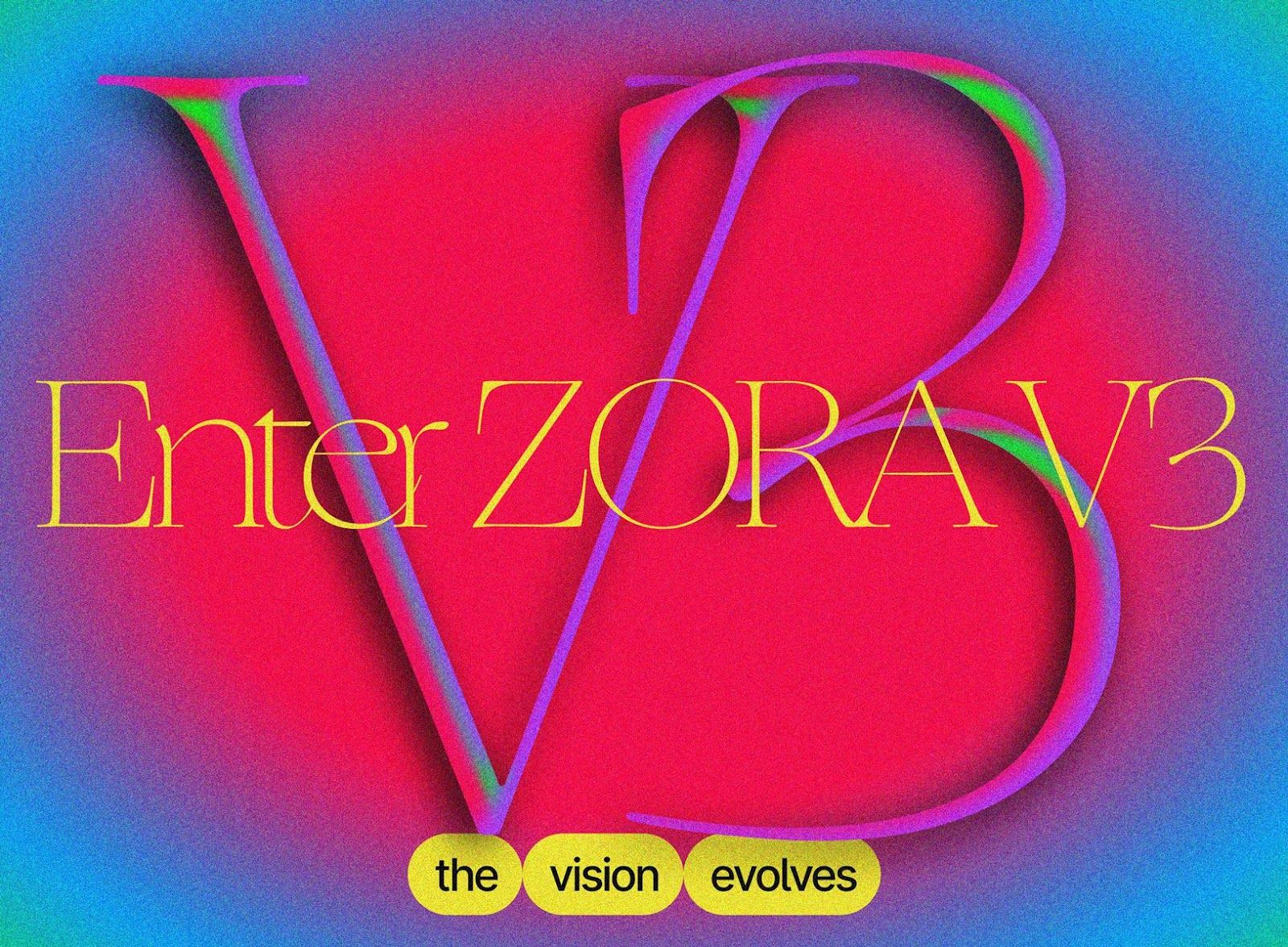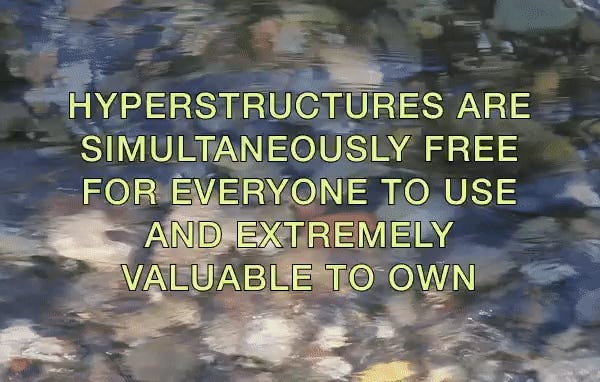Dear Bankless Nation,
I’m crushin’ on a protocol right now.
That protocol? Zora V3!
Unveiled this week, Zora’s latest infrastructure sets a new gold standard for what a modern on-chain NFT marketplace protocol should look like.
As such, let’s dig into the advances that make V3 so compelling for today’s Metaversal.
-WMP
Zora V3 explained

The context: Zora V2 was a hyperstructure, i.e. a protocol “that can run for free and forever, without maintenance, interruption or intermediaries.”
Zora V3 is also a hyperstructure, yet it offers many more NFT marketplace features and much more flexibility than its preceding infra. This makes Zora V3 one of the most advanced hyperstructures in the cryptoeconomy today.
Fully onchain and unstoppable: Zora V3 maintains all of its marketplace activities, e.g. buys and listings, onchain. In other words, Zora’s market data is always available on Ethereum.
This lies in contrast to other popular NFT marketplaces like OpenSea that facilitate most activities offchain; thus when OpenSea goes down, all the projects that rely solely on OpenSea’s API acutely lose access to that data. Projects that build on Zora V3 will never face this problem, and V3 itself will exist as long as Ethereum does, i.e. indefinitely.
Gas efficient and builder-friendly: NFT marketplaces like OpenSea and Rarible offer “lazy minting,” or the ability to create NFTs for free. Lazy minting is made possible by offchain databases, so Zora’s too onchain to match here. But where Zora V3 does make considerable gas-efficiency strides over its peers is in buys and listing cancels, as you can see in the gas limit comparisons below.

Additionally, V3 is suited for builders of all stripes since it allows developers to designate what’s known as a fundsRecipient() in Solidity. As Zora has explained, “this makes it easy for protocols and applications to integrate splits, DAOs, lending, and countless other use cases that rely on listing.”
Extensive royalty support and non-custodial: Zora V3 supports the EIP-2981 Royalty Standard and the royalreistry.eth onchain royalty system. This notably makes Zora the first NFT marketplace to have in-built support potential for “complete royalty coverage.” Bravo!
Additionally Zora V3 allows for non-custodial listings, meaning users can list NFTs onchain while maintaining them in their own wallets until they sell. This is in contrast to the V2 infrastructure, in which users would list NFTs by escrowing them in special “auction house” smart contracts.

Finder’s fee for incentivization: Zora is an NFT marketplace protocol, meaning it’s wide open for other projects to build on top of it. To incentivize these builders, Zora V3 has introduced a finder’s fee mechanism. This mechanism allows anyone to generate a link connected to their address, and if someone purchases the linked NFT then the “finder” earns a reward.
Zora DAO and ZORFs: The newest DAO on the block is Zora DAO, which is currently a multisig controlled by Zora Labs. However, the Zora team said it plans to “progressively expand and decentralize ownership of the Zora DAO to the community.”
Zooming in, this community-managed ownership should prove increasingly pivotal going forward, as it will steer the future of Zora V3’s modular architecture. What I mean is that V3 makes use of a module-based system, so the DAO can introduce new modules and then projects can choose which infra they want to use and embrace new infra without totally migrating to new smart contracts.
Moreover, Zora DAO will be responsible for owning and managing the new Zora Fee Switch NFTs, or ZORFs. These ZORFs give their owner the right to designate and receive Zora protocol fees, e.g. via auctions or “Buy Now” listings. As the Zora team has explained:
“Imagine you held this NFT in your wallet: it gives you the ability to set the fee for a particular module and decide where those fees are received. It’s a tremendous amount of responsibility—a strong ownership right and something that’s extremely valuable to own and control.
By making module fee switches NFTs, it also opens up expansive new opportunities to collaborate and reward the community for creating a module that gets added to the Zora marketplace protocol.
Say we create a module in partnership with a developer: we could put that ZORF in another DAO that’s part-owned by the Zora DAO and part-owned by the developer—the module can be individually valued, governed, and owned by the set of contributors who built it.”
The big picture: Sometimes you just have to take a step back and applaud great work, and Zora V3 is great work. It’s robust and flexible infrastructure for 21s-century creatives and new breeds of onchain projects, and I suspect it will be used by many going forward.
Action steps
- Dive deeper into Zora by checking out the project’s docs
- Read my previous write-up Non-fungible trendsetters if you missed it!
